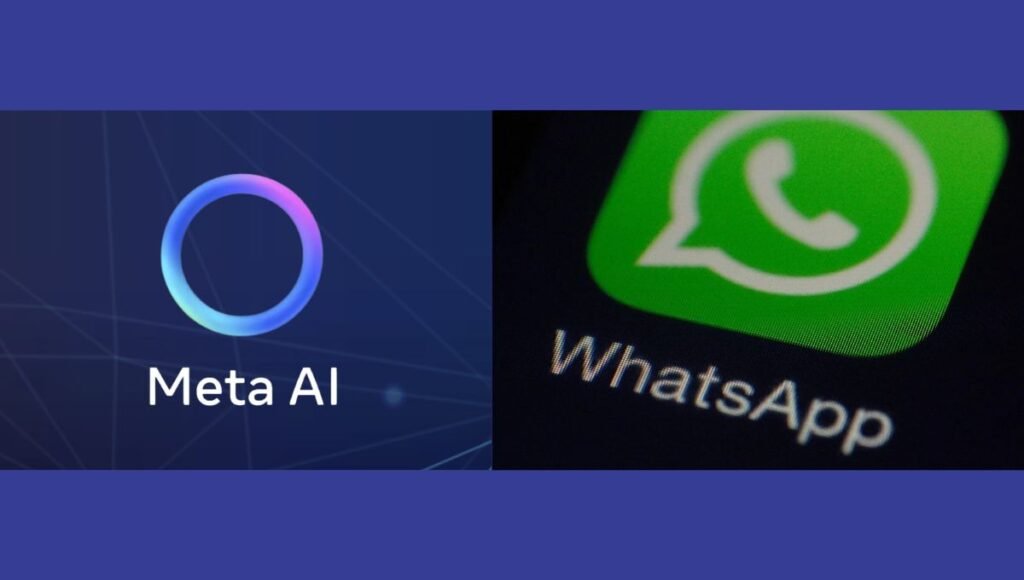Meta, the parent company of Facebook, has introduced its cutting-edge Meta Orion AR glasses at the Meta Connect 2024 event. These revolutionary glasses signify a major advancement in augmented reality (AR), combining immersive technology with a sleek, lightweight design.
Advanced Display Technology of the Meta Orion AR Glasses
The Meta Orion AR glasses feature a unique display system that distinguishes them from traditional AR devices. Equipped with Micro LED projectors integrated into the arms, these projectors beam light into 3D structures etched into the lenses. This innovative design allows for holographic images to appear at varying depths within the user’s field of view, creating a fully immersive experience.
Crafted from durable yet lightweight silicon carbide, the lenses of the Meta Orion AR glasses offer a wide 70-degree field of view, making them the most compact AR glasses with such an extensive display. The refractive properties of silicon carbide enhance the clarity and depth of the visuals, taking augmented reality to a new level.
Seamless Integration of Digital and Physical Worlds
The Meta Orion AR glasses stand out for their ability to merge the digital and physical worlds without disrupting social interactions. Unlike other AR headsets that can feel isolating, the transparent lenses of the Meta Orion allow users to maintain eye contact and perceive facial expressions naturally. This makes the technology feel more like an extension of the real world rather than a barrier.
Interaction with the Meta Orion AR glasses is designed to be intuitive. Users can control the glasses through voice commands, eye tracking, hand gestures, and even a wrist-based neural interface using an EMG (electromyography) wristband. This combination of control methods provides a more immersive, natural interaction with both the digital and physical environments.
AI-Powered Experiences
The Meta Orion AR glasses are integrated with Meta’s powerful AI technology, enabling a range of smart features. The AI can recognize objects in the user’s surroundings, provide real-time contextual assistance, and offer capabilities like real-time translation and object recognition. This makes the Meta Orion AR glasses not only an entertainment device but also a useful tool for daily life.
Current Challenges and Future Potential
Despite their groundbreaking design, the Meta Orion AR glasses still face challenges. The prototype’s production cost is around $10,000 per unit, largely due to the advanced silicon carbide lenses and complex display architecture. Additionally, battery life is currently limited to about two hours, leaving room for further improvements in efficiency.
However, Meta is confident in overcoming these challenges. CEO Mark Zuckerberg has stated that a consumer version of the Meta Orion AR glasses could be available within a few years at a price comparable to smartphones or laptops. As manufacturing costs decline and technology evolves, the Meta Orion AR glasses could become a mainstream product, reshaping how we engage with both technology and the world around us.
ALSO READ | Meta AI Invades DMs: Chatbot Explained
How does the LEDoS technology in Meta Orion AR glasses compare to other AR technologies.?
Meta’s Orion AR glasses, unveiled at Meta Connect 2024, utilize LEDoS (silicon-based Micro LED) technology, marking a significant advancement in the augmented reality (AR) landscape. This technology is designed to provide high brightness, miniaturization, and low power consumption, making it a strong contender compared to other AR technologies currently available.
Comparison of LEDoS Technology with Other AR Technologies
1. Display Technology
LEDoS Technology: The Orion glasses feature a diffraction-type waveguide made from silicon carbide (SiC) combined with JBD’s three-panel full-color LEDoS technology, achieving a 70-degree field of view (FOV). This setup allows for vibrant color representation and immersive holographic projections that blend seamlessly with the physical world.
Other Technologies: Many existing AR devices, such as Microsoft HoloLens and Magic Leap, utilize waveguide displays that often rely on traditional LCD or OLED technologies. While these provide good resolution and color accuracy, they may not match the brightness and compactness offered by LEDoS.
2. Weight and Form Factor
Orion AR Glasses: Weighing just 98 grams, the Orion glasses are designed for all-day wear and resemble regular eyewear more closely than traditional AR headsets.
Competitors: Devices like the Apple Vision Pro are generally bulkier and less comfortable for prolonged use due to their heavier construction.
3. Field of View and Resolution
LEDoS Advantages: The Orion’s 70-degree FOV is among the largest in its class, allowing for more immersive experiences without compromising on resolution. However, challenges remain in balancing FOV with resolution due to current limitations in SiC technology.
Other Devices: Competing devices often have narrower FOVs or lower resolutions, which can detract from user experience in immersive applications.
4. Integration with AI
Meta’s Approach: The Orion glasses are deeply integrated with Meta AI, enabling contextual assistance and real-time interaction without needing a smartphone. This feature enhances usability by allowing users to manage tasks through voice commands or gestures.
Other Technologies: While some competitors are beginning to integrate AI functionalities, they may not offer the same level of seamless interaction that Meta aims for with Orion.
Challenges Facing LEDoS Technology
Despite its promising features, Meta’s Orion glasses face several hurdles before they can achieve widespread adoption:
Cost of Production: The LEDoS micro-display panels are expensive to produce, leading to a projected retail price of nearly $10,000 per unit. This high cost is primarily due to the materials used and the complexity of manufacturing.
Battery Life: Currently limited to just two hours, the battery life of the Orion glasses poses a significant challenge for practical use in everyday scenarios.
Application Ecosystem: A robust application ecosystem is crucial for consumer adoption. As of now, Meta is focusing on developer feedback rather than mass production, indicating that more work is needed before launching a consumer-ready product.
Future Outlook
The AR market is expected to grow significantly, with projections indicating that LEDoS technology could capture up to 44% of the near-eye display market by 2030. Continuous advancements in miniaturization and color conversion will be key in overcoming current limitations. As Meta works toward refining its Orion AR glasses and addressing existing challenges, it has the potential to lead a new wave of consumer-friendly AR devices that integrate seamlessly into daily life.



